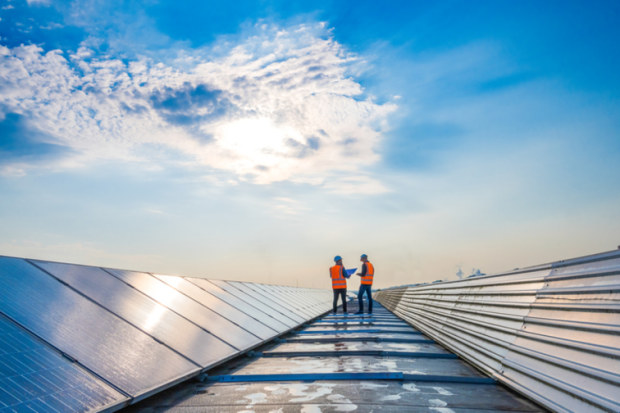Chief among the economic benefits she sees from a net zero transition is “decarbonisation will provide up to 700,000 direct jobs, mainly in regional and rural Australia”.
“However, renewables need much more land area than fossil fuels to produce a given amount of energy. The area required to tap our renewable resources overlaps the lands of First Nations as well as that required by farming communities, and land with biodiversity value.
“Careful management will be needed to minimise adverse impacts, share benefits with affected communities and achieve a net gain in biodiversity,” Domansky said.
While the journey to a low carbon energy future is ongoing, the good news is many Australians are already embracing the move to renewables with the Australian Energy Regulator’s most recent Wholesale Markets Quarterly report highlighting large-scale solar output achieved an all-time quarterly record and was up 22 per cent on a year earlier.
This accounted for 9 per cent of the total generation mix in the quarter across the National Electricity Market. Furthermore, rooftop solar output also hit a new record with the increase in both large-scale and rooftop solar output contributing to downward pressure on daytime prices.
According to Bloomberg New Energy Finance’s New Energy Outlook 2022, this growth is just the tip of the iceberg with renewable energy predicted to dominate the power sector by 2050, with wind (36 per cent) and solar (29 per cent) supplying nearly two-thirds of the world’s electricity demand – a result of their cost-competitiveness in the vast majority of geographies already today.
With the rise of these technologies expanding rapidly, the demand for essential resources like the copper and nickel produced by leading miners such as BHP is increasing significantly.
Energy transition-related demand for nickel and copper by 2050, for example in BloombergNEF’s 2022 Net Zero Scenario, exceeds total demand in 2020 for these metals. To meet this exponential growth, new technologies that increase the scale of production, without compromising the responsible extraction of these metals, would be needed.
Moreover, iron ore and higher quality metallurgical coal are expected to play a vital role in producing the additional steel needed for large scale construction of decarbonisation infrastructure such as wind turbines.
Put bluntly, the potential rewards for the nation could be enormous, but it will take a whole of economy approach as the Net Zero Australia Project’s Richard Bolt points out, “mobilisation will require strong and co-ordinated action from governments, businesses, and the public”.




